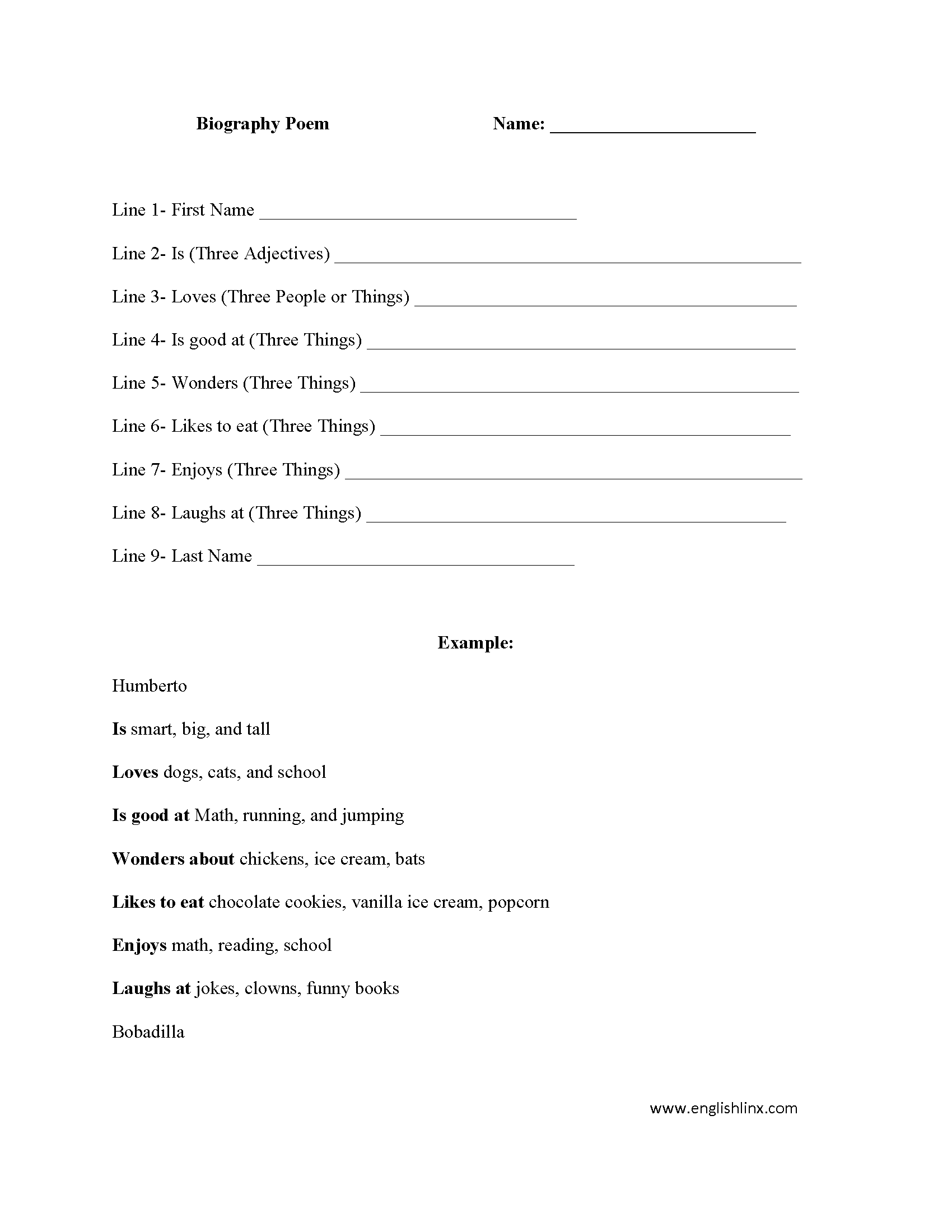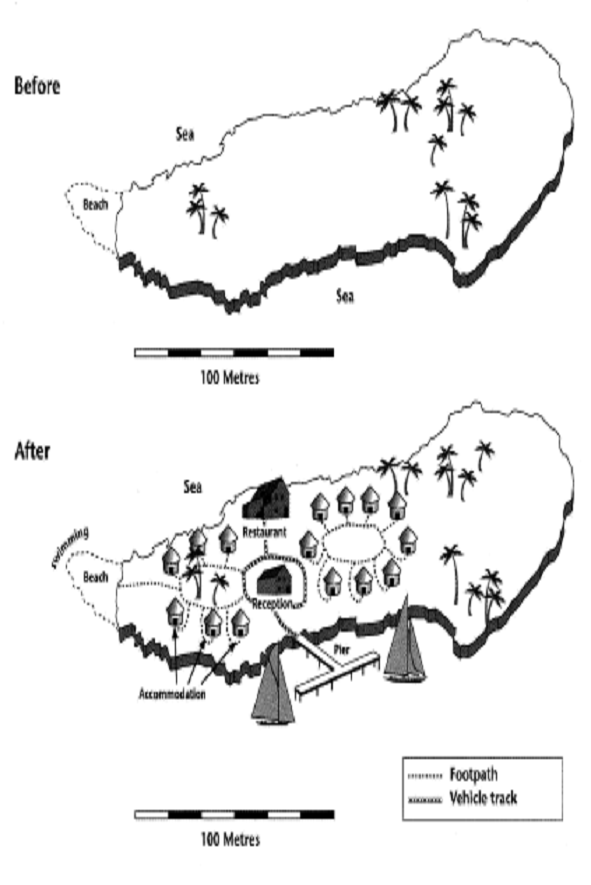Sphaerotheca pannosa var. rosae - MycoBank.
Sphaerotheca is a genus of true frogs.They can be found in South Asia. Molecular data suggest that they are closely related to Fejervarya, perhaps as a monophyletic group within a paraphyletic Fejervarya. Species. The following species are recognized in the genusSphaerotheca:. Sphaerotheca breviceps (Schneider, 1799); Sphaerotheca dobsoni (Boulenger, 1882).Sphaerotheca pannosa causes peach mildew called rusty spot of peach. Peach buds serve as overwintering structures of the fungus, with leaves becoming infected as they emerge from buds. Peach trees may serve as a source of infection for plum trees. Peach fruit are susceptible from the early stages of growth to about the beginning of pit hardening. The disease is also common on almond, apricot.Powdery mildew, caused by the fungi Sphaerotheca fuliginea and Erysiphe cichoracearum, is widespread on cucurbits, especially during dry, hot periods. Symptoms and Signs. This disease is characterized by a white or brownish powdery growth found on the upper and lower sides of the leaves and young stems. If plants are severely attacked, the.
Sphaerotheca definition is - a genus of powdery mildews (family Erysiphaceae) having perithecia with one ascus and unbranched appendages that resemble hyphae.Sphaerotheca sp. cleistothecia closely resemble Erysiphe cleistothecia, but only contain one ascus per cleistothecium. The appendages are non-branching. Fungi of the genus Sphaerotheca cause powdery mildew disease on roses, peach, gooseberry, hops, strawberry, currant, cantelope, squash, dandelion, gourds, and hackberry. Representative species: Sphaerotheca pannosa causes powdery mildew.

The causal fungus, Sphaerotheca pannosa attacks young shoots, leaves, and fruit of woody ornamentals including peach and other stone fruits and can cause serious economic loss due to collage of infected fruit. In this research, susceptibility of 2 peach and 2 nectarine varieties to leaf curl disease was investigated in ecological conditions of Tirane, Albania province in 2014 and 2016. Disease.












